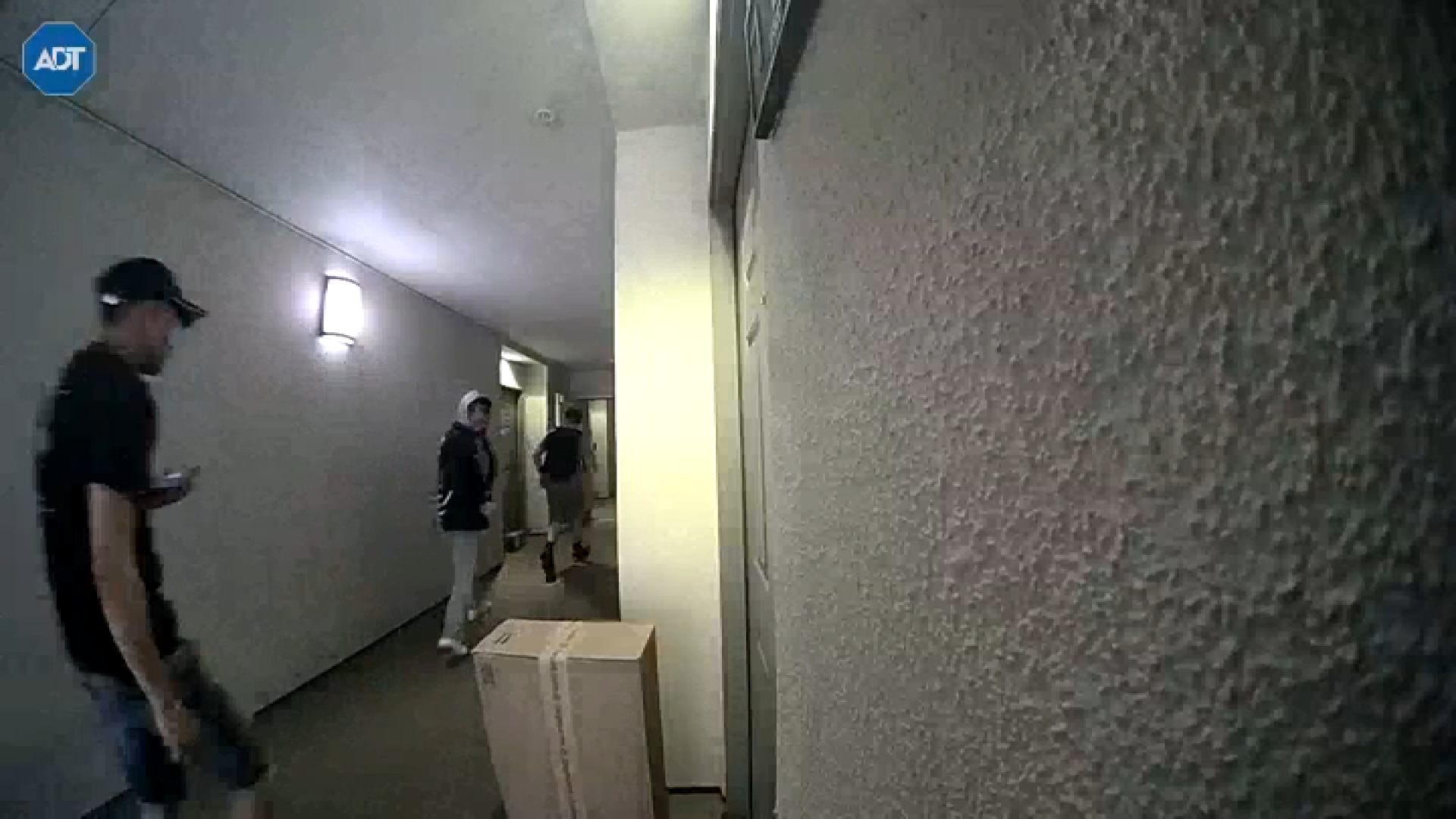A San Gabriel Valley city is expected to take drought plans to the next level by authorizing fines for households and other customers that fail to cut back 30 percent or more.
The item will go before the Sierra Madre City Council Tuesday night for final approval. It passed its initial review two weeks ago.
"It's time for us to demonstrate that we are serious about it, because our water supply is still in jeopardy," said John Capoccia, mayor pro tem of a city especially hard hit by the drought and entirely reliant for the past year and a half on water imported on an emergency basis.
The 3-square-mile city of 11,000 people has its own municipal water division.
The city's conservation goal was upped from 20 percent to 30 percent a year ago, and voters approved rate annual rate increases on the order of 15 percent.
Since then, 75 percent of the city's water customers have achieved the conservation goal, Capoccia said, and about 20 percent more are close, with the remaining five percent considerably exceeding the usage limit. The fines are intended as incentive.
"It's necessary to do it to force the conservation," Capoccia said.
News
Top news of the day
The fine would effectively double the cost of water for all usage that exceeds the customer's bimonthly allocation.
When Gov. Jerry Brown declared a statewide drought emergency in January 2013, he asked all Californians to conserve 20 percent.
Last summer, California's Department of Water Resources banned specific practices such as washing off driveways as wasteful. Some cities, including Los Angeles, have authorized fines for violators, but as a matter of policy, declined to do so in favor of education.
Few water districts have enforced mandatory conservation targets with financial penalties, as Sierra Madre is poised to do.
Until 2013, wells supplied all of Sierra Madre's water, and the city never joined the Metropolitan Water District (MWD), the Southland's largest wholesale importer, bringing surface water from the Colorado River and the State Water Project.
Since September of 2013, Sierra Madre has relied entirely on water purchased from the San Gabriel Valley Municpal Water District.
Sierra Madre is hopeful it can again tap groundwater before the end of the year,
Capoccia said, but the city will be dependent on importing water at least two more years.
Despite the recent rains, Sierra Madre counts barely seven inches since October, far from its once-typical 25 inches a year. In California, February historically is the wettest month of the year, with precipitation declining significantly after March.
In the state's fourth straight year of below average precipitation, more districts may have to impose mandatory conservation measures. The State Water Project plans to deliver only 15 percent of historic allocations, it was announced last month, though that could be increased if late season storms bring more snow to the Sierra.
The MWD indicated that in April, it will consider cutting back allocations by 5 to 10 percent.
Some entities, however, have reported progress this winter. Groundwater level in a test well for the Water Replenishment District (WRD) stopped its decline, and since November has risen six feet, according to spokesman Peter Brown. Responsible for monitoring and replenishing groundwater basins in southern Los Angeles County, WRD relies increasingly on recycled water, for reasons that include reducing its vulnerability to drought cycles.
In Sierra Madre, July would be the first billing cycle that could levy fines, for usage during the May-June period.



